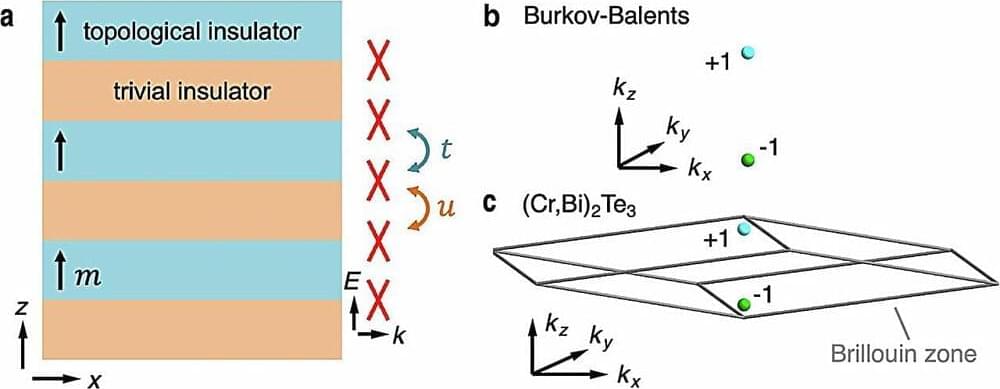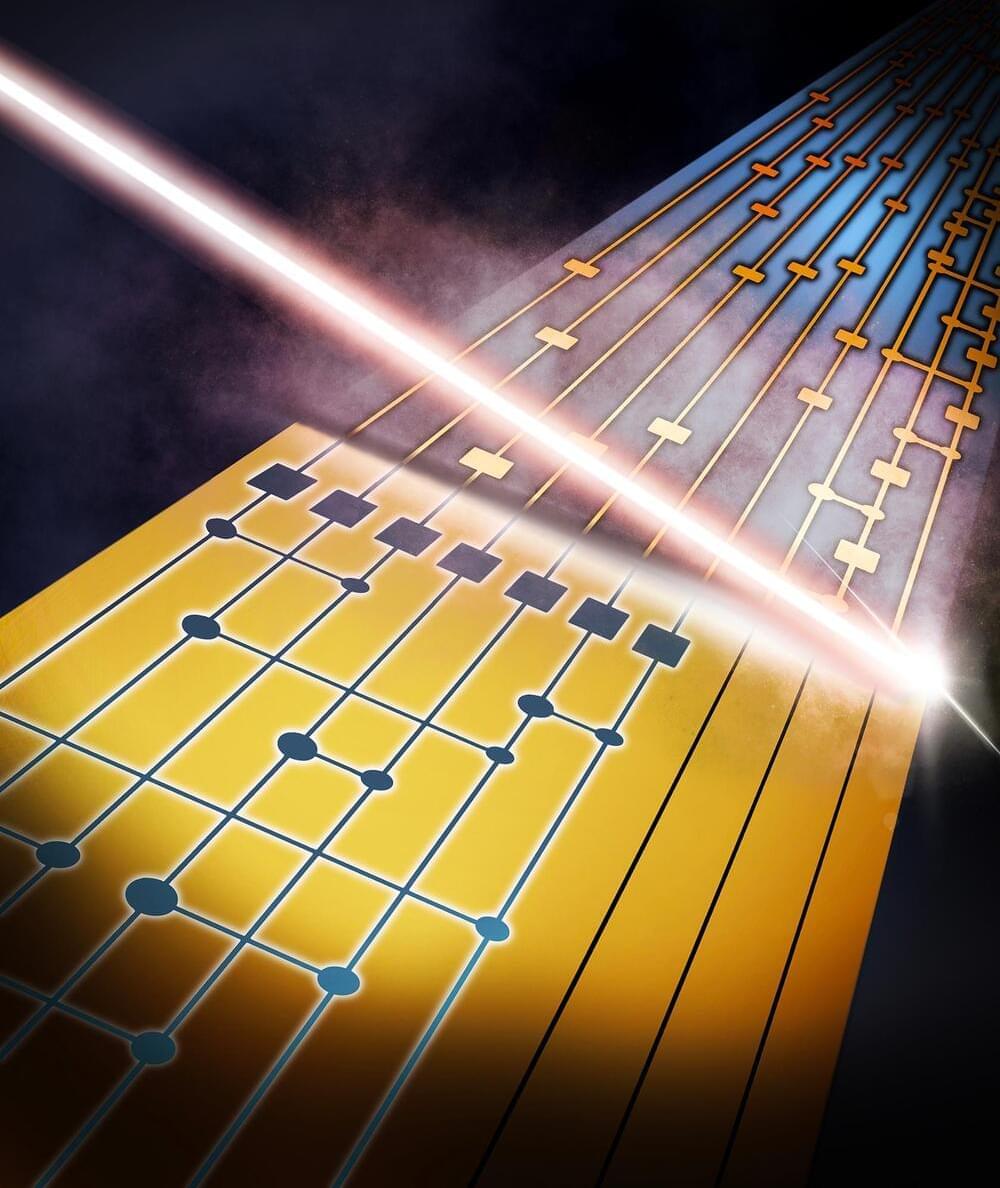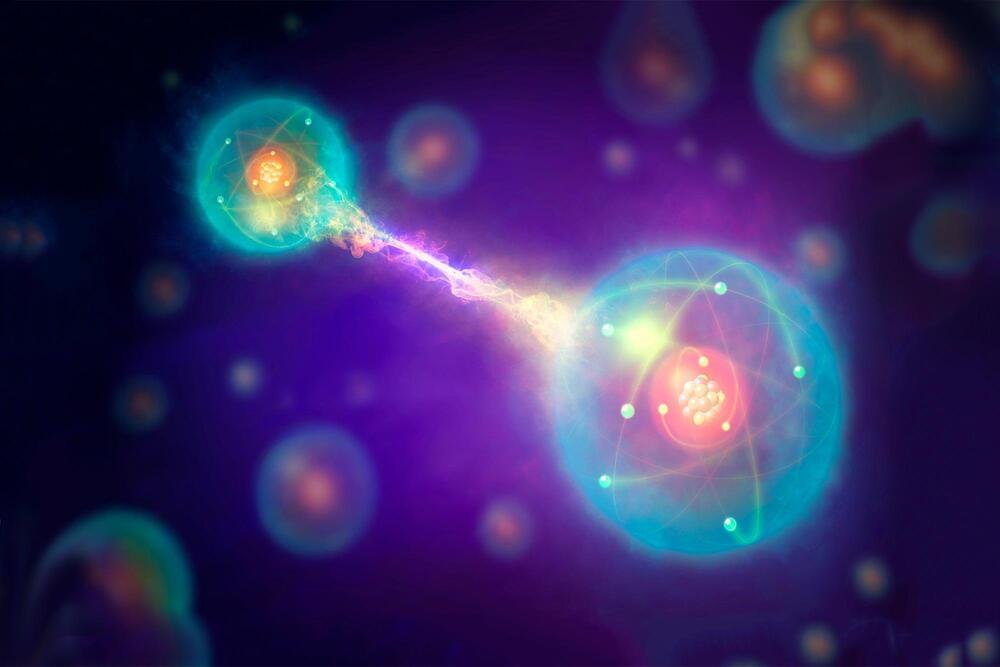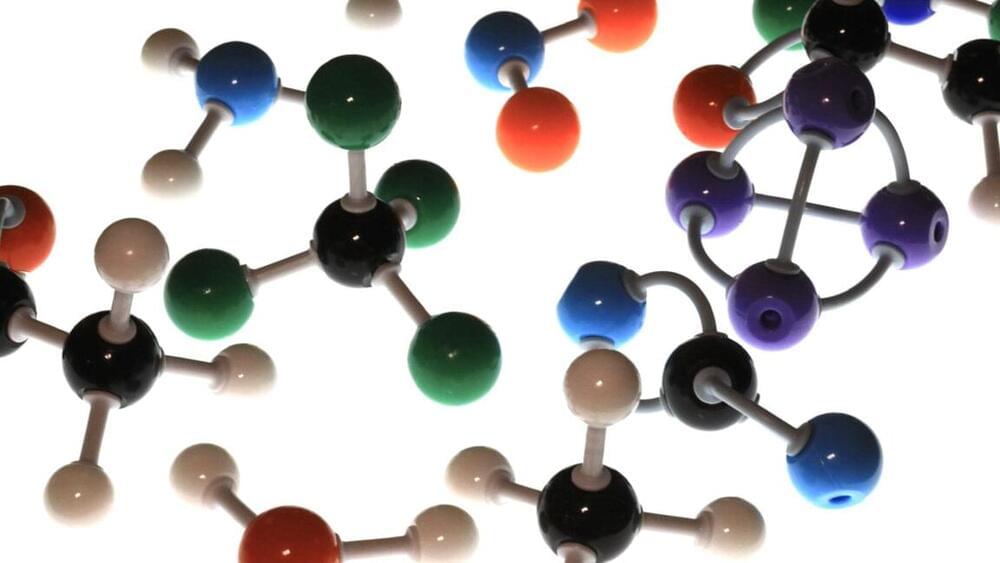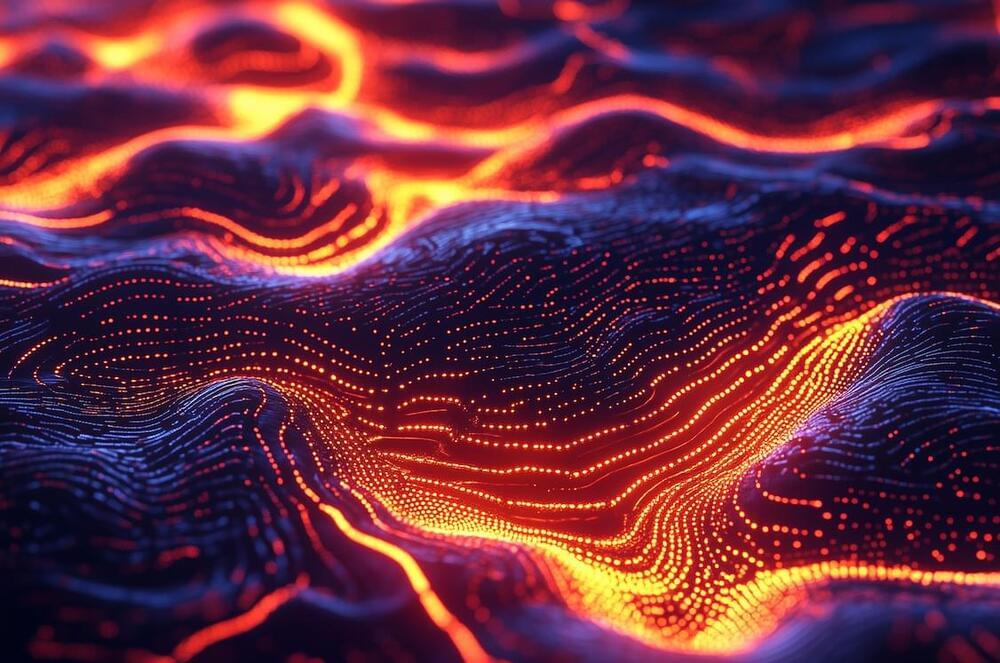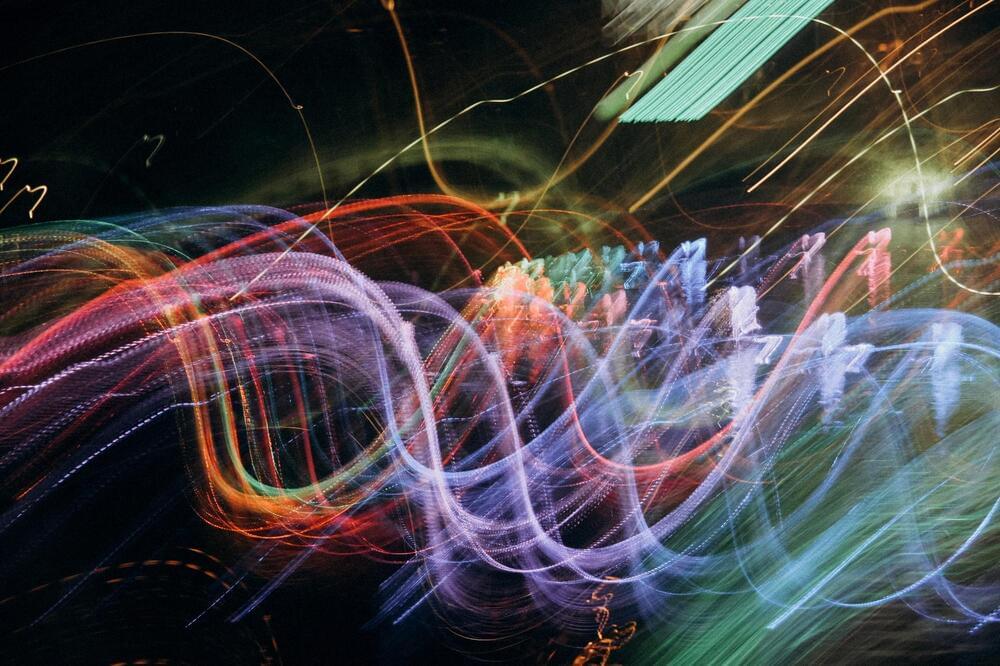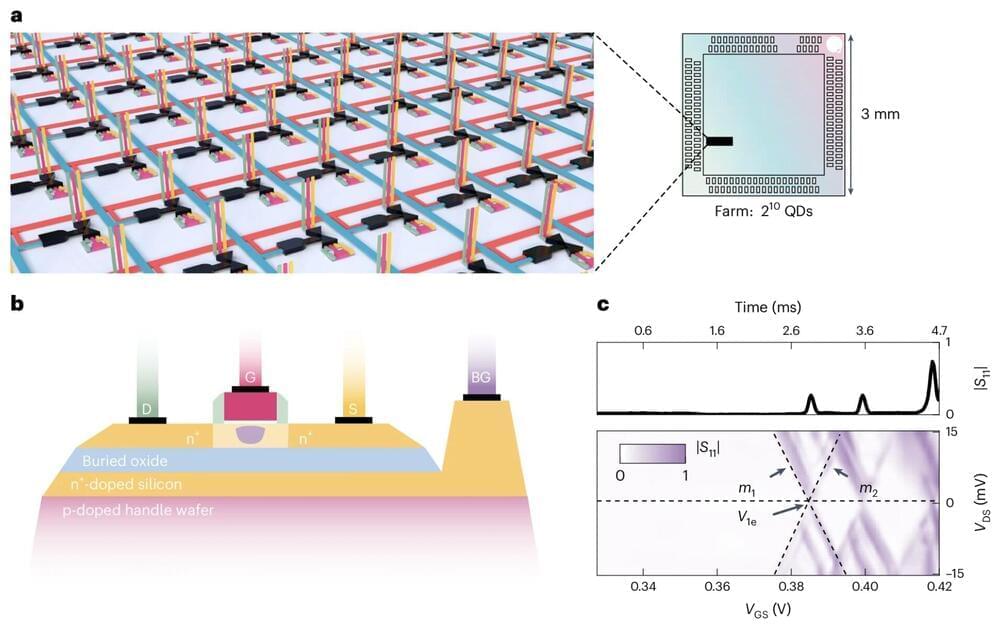An international team of researchers led by the Strong Correlation Quantum Transport Laboratory of the RIKEN Center for Emergent Matter Science (CEMS) has demonstrated, in a world’s first, an ideal Weyl semimetal, marking a breakthrough in a decade-old problem of quantum materials.
Weyl fermions arise as collective quantum excitations of electrons in crystals. They are predicted to show exotic electromagnetic properties, attracting intense worldwide interest.
However, despite the careful study of thousands of crystals, most Weyl materials to date exhibit electrical conduction governed overwhelmingly by undesired, trivial electrons, obscuring the Weyl fermions. At last, researchers have synthesized a material hosting a single pair of Weyl fermions and no irrelevant electronic states.
